Why are we still paying 99.99 when para does not exist?!
You have probably already noticed that most prices of products that you buy daily are not rounded. Although denominations smaller than a dinar were abolished a long time ago (10, 50 paras ...), price lists in stores are considerably different.
Therefore, on the colorful shelves you can often see a price that, for example, amounts to 399, 99 dinars. You pay 400 dinars at the cash register, and do not get the change.
Denominations smaller than a dinar have not been used since 2008 in our country, i.e. since the National Bank of Serbia stopped para minting. However, the above-mentioned prices expressed in tenths still exist in our country and our citizens regularly buy goods at such prices.
How can we pay in denominations that do not exist and do traders in such cases violate the law? In search of an answer, we got in touch with several experts in the field of economics and asked them what this is actually all about.

Professor of Economics, Ljubomir Savić, first explained that traders do not violate the law:
- No one can prescribe pricing to traders. They have the right to price a particular product for example 43.4 dinars, although in Serbia one para is worthless.
He points out that traders’ goal is not making profits with such price lists, and that they cannot actually earn a lot, it is rather about something else:

- It is more of a psychological effect. When a customer sees a price of 399, 99 dinars, for him, it is actually three hundred and something, although in reality this figure is much closer to the value of 400 RSD. At the same time this price is usually written so that the initial figure, in this case three, is higher than the others. Therefore, there is a strong influence on the customer related to the value.
Professor Savic adds that traders do not do this for financial exploitation from the citizens, through prices in tenths. They choose this procedure because of easier sales and the fact that people will opt for the price of 99. 99 rather than of 100 dinars. Also, this automatically means that they will do the shopping in their shops.
Another expert and economist Ljubomir Madyar agrees on this. He tells us that this kind of sales comes from the Jews, and that it has been applied for many years, both in our country and around the world.

However, according to the conclusion of a well-known magazine, claims that traders do not make money are incorrect.It says that the profit per unreturned change is a trade secret. But if we assume that each of 2.5 million households in our country, leaves only 20 paras in shops every day, traders earn about 500,000 dinars daily from non-existent coins. More and more often it happens that coins of one, two, five, or even ten dinars remain in cash registers.

This “imperceptible negligence" certainly contributes significantly to earnings, and situations when change does not end up in your wallet after paying are more and more common with us.
What do you do in such situations?
(Telegraf.rs)
Video: Treći dan sabora: Građani mogu da se informišu o pokretu, povoljnim kreditima za mlade
Telegraf.rs zadržava sva prava nad sadržajem. Za preuzimanje sadržaja pogledajte uputstva na stranici Uslovi korišćenja.

